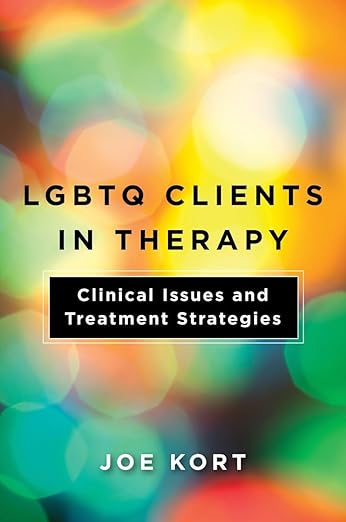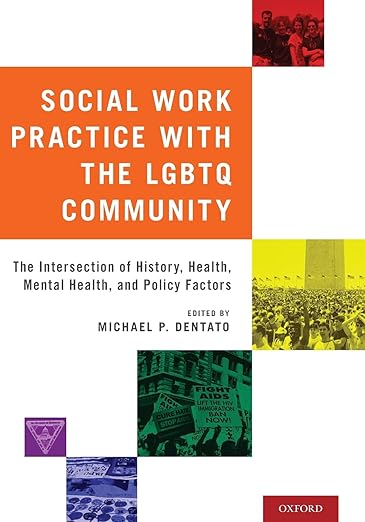Lesbian, Gay, Bisexual, Transgender and Questioning (LGBTQ) Individuals
Understanding the appropriate terminology is essential to understanding LGBTQ individuals. Sexual orientation, sexual behavior, gender identity, and gender role are different concepts.
- Sexual orientation is the affectional or loving attraction to another person. Heterosexuality is the attraction to persons of the opposite sex; homosexuality, to persons of the same sex; and bisexuality, to both sexes. Sexual orientation can be considered as ranging along a continuum from same-sex attraction only at one end of the continuum to opposite-sex attraction only at the other end.
- Sexual behavior, or sexual activity, differs from sexual orientation and alone does not define someone as an LGBTQ individual.
- Sexual identity is the personal and unique way that a person perceives his or her own sexual desires and sexual expressions.
- Biological sex is the biological distinction between men and women.
- Gender is the concept of maleness and masculinity or femaleness and femininity.
- Gender identity is the sense of self as male or female and does not refer to one’s sexual orientation or gender role.
- Gender role describes the behaviors that are viewed as masculine or feminine by a particular culture.
- Transgender individuals are those who conform to the gender role expectations of the opposite sex or those who may clearly identify their gender as the opposite of their biological sex. In common usage, transgender usually refers to people in the transsexual group that may include people who are contemplating or preparing for sexual reassignment. A transgender person may be sexually attracted to males, females, or both.
source: SAMHSA
From Our Collection
Research & Data
- Connecticut LGBTQ+ Needs Assessment Survey Needs Assessment Report
The Consultation Center at Yale, a program of the Yale Department of Psychiatry, partnered with Connecticut’s LGBTQ+ Health and Human Services Network and the Connecticut Department of Public Health Office of Health Equity to create and launch the first statewide LGBTQ+ survey and needs assessment in early 2021.
The report aims to increase understanding of the number of people that identify as part of the LGBTQ+ community in Connecticut and understand their needs, including safety, housing, health, mental health, legal services, social support, and community engagement.
- The Trevor Project 2022 National Survey on LGBTQ Youth Mental Health
These data provide critical insights into some of the unique suicide risk factors faced by LGBTQ youth, top barriers to mental health care, and the negative impacts of COVID-19 and relentless anti-transgender legislation. This research also highlights several ways in which we can all support the LGBTQ young people in our lives—and help prevent suicide.




